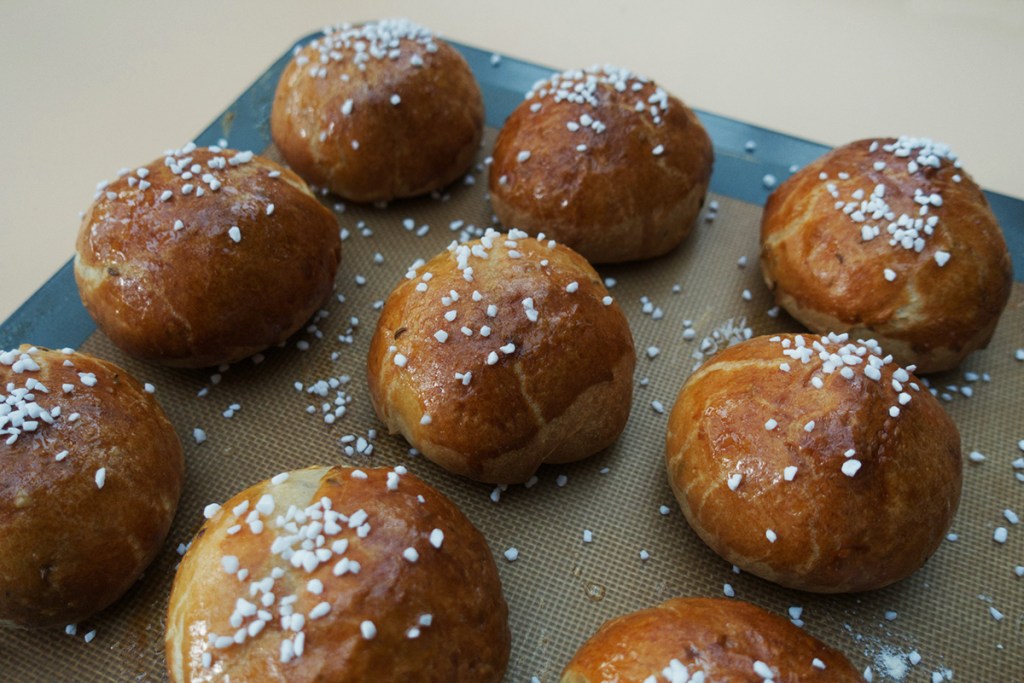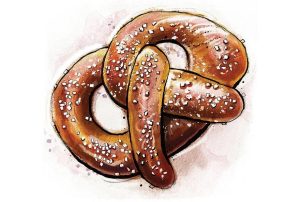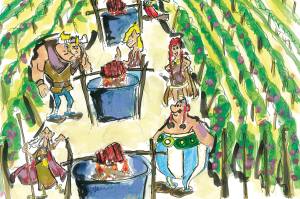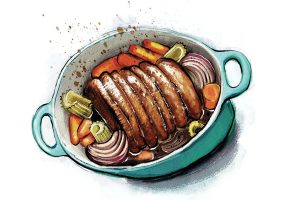I am always slightly nervous about presenting recipes which are distinctly regional: locals tend to be fiercely defensive, proprietary even, about how their particular delicacy should be made and enjoyed. Devon and Cornwall have long been engaged in a battle as to whether cream or jam comes first on their otherwise very similar scones (personally, if you’re offering me a freshly made scone, loaded up with delicious things, I have absolutely no interest in the order of their piling), and the Cornish are so protective of their eponymous pasty that they campaigned for years for it to receive Protected Geographical Indication, meaning that it must be manufactured in Cornwall. I dread the thought of angering an entire region with a recipe — but when it comes to Bath buns, it’s even more dicey.
The Bath bun has been enjoyed in the city of Bath for over 300 years — the first reference to it comes from none other than Jane Austen, who wrote to her sister Cassandra in 1801 to say that, if Cassandra would not be joining her, she would eat as many Bath buns as possible: ‘There is no place here or hereabouts that I shall want to be staying at, and though, to be sure, the keep of two will be more than of one, I will endeavor to make the difference less by disordering my stomach with Bath buns.’
But 300 years later, controversy remains as to what a Bath bun is: it’s thought that in the late 17th century, a Huguenot refugee called Solange Luyon came to Bath and began baking buns. She, and the buns, became known as Sally Luns (immortalized in Charles Dickens’s novella The Chimes). According to Sally Lunn’s tearoom, which is in the original building where Solange or Sally baked her buns, the buns should be the (toasted) base of sweet and savory dishes, topped with Welsh Rarebit, served alongside boeuf bourguignon or coated with lemon curd.
At the Great Exhibition in 1851, the Bath bun was mass produced and over the five and a half months of the exhibition, 943,691 buns were consumed. This ‘London’ bath bun was apparently sweeter and smaller than those previously made, but has perhaps become the better known.
Here, I face the wrath of both camps, and take inspiration from the original, not terribly sweet brioche-based bun, the caraway seeds that were subsequently added, and paint the whole thing with the more modern sugar syrup and nib sugar.
The base of the bun is essentially a brioche: very butter heavy, additionally enriched with whole milk and only a little sugar. The butter gives it a soft, dense crumb; the caraway an old fashioned anise flavor, faintly peppery and bittersweet; and the sugar topping brings just the right amount of sweetness to the bun. When caraway was added to the buns in the 18th century, it came in the form of comfits, where the caraway seeds are individually candied. Candidly speaking, candying is an extraordinary faff, especially when you’re dealing with something the size of a small grain of rice. So like others before me, I have instead distributed caraway seeds throughout the bun dough, and decorated the tops of the buns with a sweet glaze and crushed sugar lumps or pearl sugar.
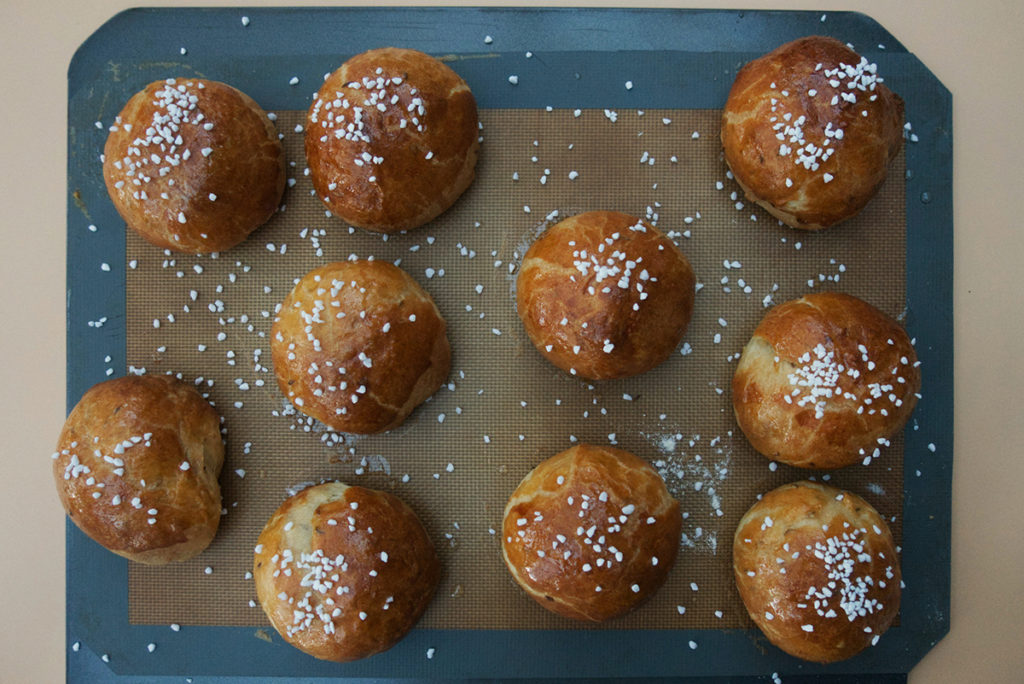
Bath buns
Makes: 10 buns
Takes: 30 minutes, plus proving time
Bakes: 25 minutes
6¼ oz whole milk
1lb 2 oz strong white bread flour
7 oz butter
¼ g instant yeast
1 oz granulated sugar
½ teaspoon fine salt
1 tbsp caraway seeds
1 egg, beaten, to glaze
1½ oz caster sugar
⅔ fl oz water
2 tablespoons pearl sugar, or 3 crushed sugar lumps
- First heat the milk gently until it is just above body temperature — if you stick your finger in it, it should only feel very slightly warm
- In the bowl of a stand mixer or in a large mixing bowl, rub the butter into the strong white bread flour until it resembles bread crumbs. Add the yeast, sugar, salt, caraway seeds and the warmed milk. If you’re using a stand mixer, knead the dough using a dough hook attachment. for five minutes until it is soft and pliable. If you’re making the buns by hand, it will take nearer to 10 minutes: push the dough away from you with the base of your hand, then pick it up and fold it back over — keep doing this until the dough is soft, pliable and no longer sticks to the work surface. Leave the dough to prove until doubled in size, about 90 minutes
- Line one large or two smaller trays with baking paper. Knock the air out of the proved dough with your fist. Divide the dough into 10 equal pieces. Take one piece of dough, flatten it with your hand and then fold the edges of the dough into the center. Turn the dough over so that the smooth side is facing up. Place your hand over the top of the dough like a cage and make quick little circles over the dough. This will tighten the membrane of the dough and neaten the seam underneath. Transfer the rolled dough ball to the prepared tray. Repeat with the remaining dough pieces, until you have 10 neat dough balls, spaced apart from one another. Cover loosely with saran wrap and leave to prove for another 90 minutes
- Just before you’re ready to bake, preheat the oven to 355°F. Paint the proved buns with beaten egg wash, and bake the buns for 25 minutes. While the buns are baking, make the sugar syrup. Heat the 1½ oz caster sugar with the ⅔ fl oz water until the sugar dissolves and then comes to a boil; remove from the heat. As soon as the buns come out of the oven, paint them liberally with the sugar syrup and sprinkle with the pearl sugar or crushed sugar lumps
This article was originally published on Spectator Life.
